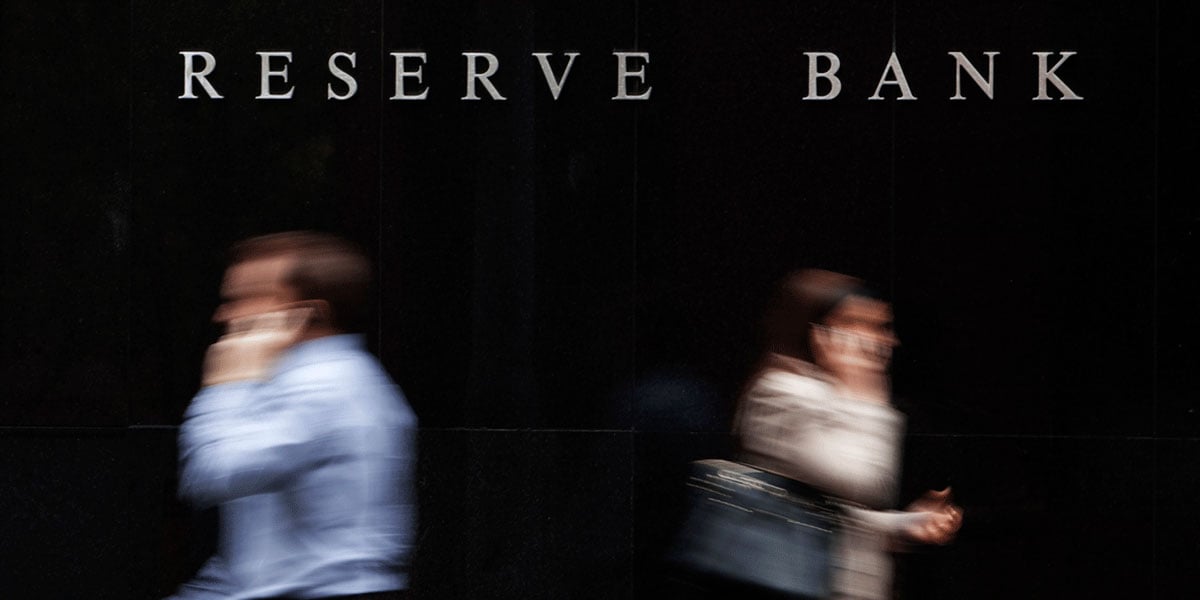Download the PDF

China and UK cut rates, while the US Federal Reserve waits and...waits
The first five months of 2025 have been anything but dull. But even to your most committed economist, central bank musings can at times feel monotonous. That was the clear feeling one was left with following the US Federal Reserve’s meeting this week.
Amidst all the tariff shenanigans, the US Federal Reserve (Fed) decided to keep rates unchanged at 4.25%-4.50%. No surprise there. However, the subsequent press conference also delivered no meaningful insights into the Fed’s current thinking in a post-Liberation Day world. Apart from noting the heightened uncertainty and the rising risks of higher unemployment and higher inflation – aka stagflation – Chair Powell did his best not to be drawn into the future direction for monetary policy. Nor did he get drawn in to offering his views on the President’s policies or whether he would stay on as a Governor after his term as Chair ends. Again, no surprise.
Rather, the only message the Fed is willing to send at the moment is that it is comfortable with its current monetary policy stance and that it can afford to be patient. Powell incessantly commented that they can ‘wait’, ‘await’ or be ‘waiting’ – more than 20 times in fact. For a market that hangs on every word of the Fed Chair, there was little to take away. The Fed is simply biding its time to assess where tariffs will ultimately land and will ‘wait’ to see how the economy evolves.
Perhaps the only insight that one was left with, is that the Fed is shrugging off the drop in US real GDP in the March quarter as an aberration due to problems with measurement, continuing to characterise the US economy as "growing at a solid pace" with a "solid" labour market.
The Fed position is in stark contrast to other major central banks. This week we saw a raft of measures by the People’s Bank of China (PBoC) to support their economy in the face of the trade war. This included a 10bp cut to the key policy rate, an injection of additional liquidity into the system via a 25bps cut to re-lending/pledged supplementary lending rates, a RMB 1.1 trillion expansion of relending quotas, a 50bp cut to the reserve requirement ratio and a 25bp cut to housing provident fund mortgage rates.
With the inflation rate in China currently at -0.1% and the economy facing a 145% tariff hike by the US, the surprise has not been the widespread easing measures announced by the PBoC. Rather the surprise has been that it has taken the authorities this long to act. Given the expected slowdown in the economy, from a 5.4% year-ended pace in Q1 to most likely somewhere between 3-4% by the end of the year, further rate cuts are likely in H2-25 and significant fiscal easing is also expected to be forthcoming by July. Exactly how much fiscal stimulus authorities pursue will likely depend on the fate of trade negotiations with the US, which are set to commence in Switzerland over the weekend. Unofficial reports are beginning to surface that the US administration is considering cutting Chinese tariffs to around 50-54% assuming the negotiations go well.
The Bank of England (BOE) also met this week, deciding to cut rates by 25bps to 4.25%. While the outcome was not a surprise, the move received less widespread support by the Monetary Policy Committee than expected, with two members voting for rates to remain on-hold and two members voting for a 50bp rate cut. Looking at the Bank of England’s projections, real GDP growth is expected to average 1.1% in 2025 (was 0.7% in February) and 1.2% in 2026 (was 1.5% in February). News this week of a trade deal with the US, which will see Trump remove the tariffs on imports of UK steel/aluminium and lower auto tariffs to 10% on the first 100,000 vehicle imports from the UK, will provide some modest relief for the UK economy. However, with the 10% reciprocal tariff remaining in place, the UK economy will still face considerable headwinds from the US trade war.
The BOE expects the UK inflation rate to rise temporarily from 2.6% in March to 3.7% by September on the back of higher household energy bills and regulated prices, before falling to 2.1% by the end of 2026 and 1.8% by the end of 2027 based on market implied rates. Reflecting this potential for a medium-term inflation undershoot, we expect the Bank of England will remain on a gradual rate cutting cycle, with a further 100-125bps of rate cuts by late 2026/early 2027, around one to two cuts more than current market pricing.
While the path ahead for the US may be less clear than for China or the UK, we expect the Fed will not be waiting for long. The Fed may be currently characterising US growth as ‘solid’, but this will soon turn as the fallout from the trade war begins to weigh on the economy. We expect the Fed will ultimately choose to look through the tariff-induced initial lift in the price level, with a deteriorating growth outlook and rising unemployment leading them to resume cutting rates. Although we need to wait a little longer, we expect the Fed will come to this realisation by their July meeting.
